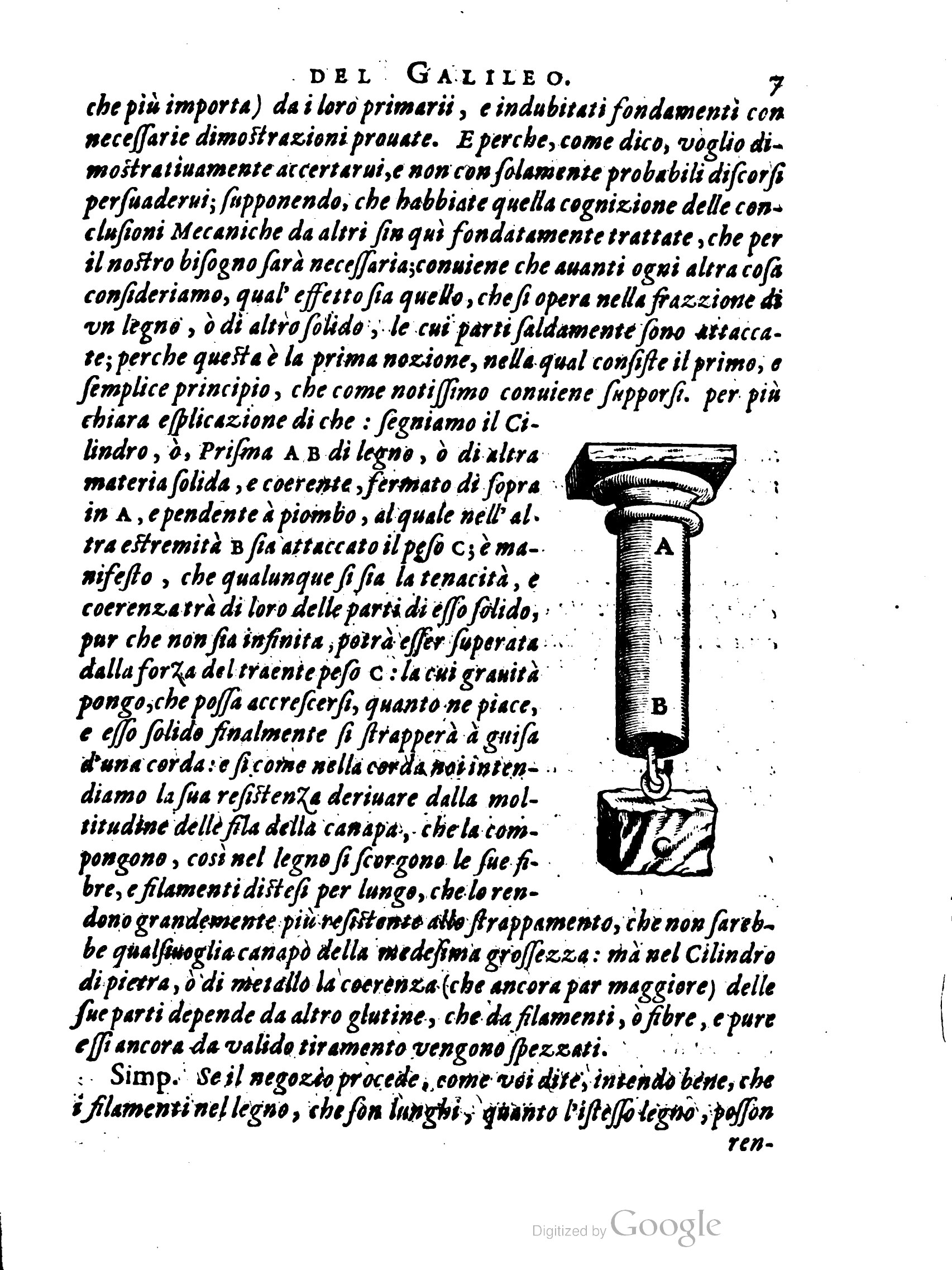
# The International Year of Astronomy 2009: Honoring 400 Years of Cosmic Discovery
In 2007, the **62nd General Assembly of the United Nations** proclaimed 2009 as the **International Year of Astronomy (IYA 2009)**, marking the **400th anniversary** of two pivotal moments in the history of astronomy: **Galileo Galilei’s initial recorded astronomical observations with a telescope** and **the release of Johannes Kepler’s seminal work, *Astronomia nova* (1609)**. These innovations played a crucial role in the evolution of modern astronomy and in enhancing our comprehension of the universe.
## **Galileo’s Telescope and His Cosmic Revelations**
Although the telescope was not originally designed by Galileo—Dutch lens-makers are typically credited with its invention—the Italian scholar was the first to extensively utilize it for astronomical exploration. In **1609**, Galileo advanced the technology of existing telescopes and directed his apparatus towards the sky. This endeavor resulted in several revolutionary discoveries, documented in **1610** in his publication *Sidereus Nuncius* (*The Starry Messenger*). His revelations included:
– The rough terrain of the **Moon**, which contradicted the longstanding belief in its flawless heavenly form.
– The **moons of Jupiter**, demonstrating that not every celestial body revolves around the Earth.
– The **phases of Venus**, which served as powerful evidence against the **geocentric** (Earth-centered) view of the universe.
– An abundance of stars invisible to the unaided eye, unveiling the **Milky Way** as a dense collection of countless stars.
These findings **disputed the Aristotelian and Ptolemaic geocentric ideologies**, which had prevailed in European thought for centuries, and bolstered the heliocentric model suggested earlier by **Nicolaus Copernicus**.
However, Galileo’s discoveries were received with a combination of intrigue and doubt. While his meticulous observations were applauded, many academics and religious authorities were reluctant to accept their consequences. His research ultimately precipitated confrontations with the Catholic Church, culminating in his condemnation by the **Roman Inquisition** in 1633.
## **Johannes Kepler’s *Astronomia nova* and the Principles of Planetary Motion**
While Galileo’s discoveries were groundbreaking, **Johannes Kepler’s *Astronomia nova* (1609)** offered the theoretical underpinnings that elucidated planetary motion with mathematical accuracy. Kepler’s pioneering work stemmed from his partnership with **Tycho Brahe**, a Danish astronomer who amassed the era’s most precise astronomical data. Following Tycho’s passing in 1601, Kepler dedicated years to studying his mentor’s observations of **Mars**.
*Astronomia nova* presented two of the three **Laws of Planetary Motion**, which revolutionized astronomy:
1. **Elliptical Orbits:** Planets orbit the Sun in **ellipses**, not perfect circles, with the Sun situated at one **focus**.
2. **Equal Areas Law:** A planet accelerates as it approaches the Sun and decelerates as it moves away, covering equal areas in equal time.
These principles replaced the antiquated **Ptolemaic system** and even refined **Copernicus’ heliocentric model**, which still depended on **circular orbits and epicycles** to account for planetary motion.
Despite its significance, *Astronomia nova* did not achieve immediate acclaim. Many scholars resisted the idea of **elliptical orbits**, as circular motion had long been regarded as “perfect” in celestial terms. Galileo himself **dismissed Kepler’s elliptical orbits**, choosing to focus on observational findings. Kepler’s concepts gained broader acceptance later in the 17th century, particularly after the presentation of his **third law of planetary motion in 1619** and the contributions of **Isaac Newton**, who employed Kepler’s laws as the foundation for his **theory of universal gravitation (1687)**.
## **The Significance of the International Year of Astronomy 2009**
The **International Year of Astronomy 2009** was a worldwide initiative that inspired millions to celebrate astronomical advancements and foster scientific interest. The endeavor was led by the **International Astronomical Union (IAU) and UNESCO**, uniting thousands of scientists, educators, and amateur astronomers around the globe.
Events and activities included:
– **Public telescope observations:** People in cities across the globe were invited to view Jupiter’s moons, Saturn’s rings, and distant galaxies.
– **Educational initiatives:** Schools and universities coordinated lectures and workshops to encourage the next wave of scientists.
– **Historical exhibitions:** Museums showcased the contributions of Galileo and Kepler to astronomy through artifacts, literature, and interactive displays.
– **Global star parties:** Events throughout the year brought people together in a shared enthusiasm for the night sky.
Despite the prominence of Kepler’s *Astronomia nova*, much of the **public focus during IYA 2009 was**